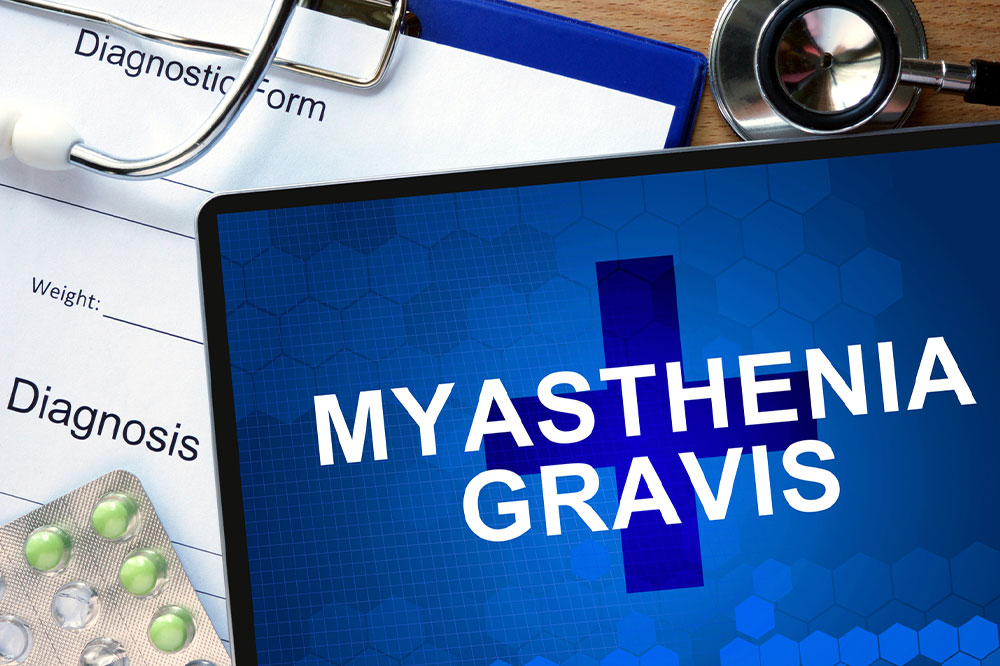Effective Strategies and New Treatments for Pain Relief
Discover comprehensive pain relief strategies, new medications, therapies, and technological devices to manage acute and chronic pain effectively. Personalized treatment approaches, including lifestyle modifications, therapies, and alternative methods, are vital for optimal relief and improved quality of life. Consult healthcare professionals for tailored solutions suited to your condition.

Effective Strategies and New Treatments for Pain Relief
Pain is a distressing sensation caused by injury or illness, leading to discomfort, hurt, or even suffering. It can be persistent or intermittent, described as dull, throbbing, or pulsating. Everyone perceives pain differently, and managing it often requires personalized approaches.
Types of Pain
Acute pain – Sudden, intense pain resulting from injury, which diminishes as healing occurs.
Chronic pain – Long-lasting pain that persists beyond typical healing time, varying from mild to severe.
Understanding pain classification is essential for effective treatment. Pain can be categorized as nociceptive, involving specific pain receptors responding to stimuli like temperature and damage, or non-nociceptive, originating from nerve system dysfunctions without identifiable receptors.
**Types of Nociceptive Pain:**
Somatic pain – Pain from skin, muscles, or bones.
Visceral pain – Pain originating from internal organs.
**Types of Non-Nociceptive Pain:**
Sympathetic pain – Nerve-related discomfort.
Neuropathic pain – Resulting from nerve damage.
Referred pain – Felt away from the source of injury.
Remember, pain tolerance and response vary per individual, and consulting healthcare professionals is vital for proper management. Treatment options include lifestyle modifications, therapies, medications, and alternative methods tailored to each case.
Stay Active – Gentle movement like walking helps strengthen your body and improve pain management.
Therapies – Physical and occupational therapy target specific muscles and tasks to reduce discomfort.
Counseling – Cognitive behavioral therapy supports mental resilience against chronic pain.
Massage – Helps relax muscles and reduce tension, complementing other treatments.
Relaxation Techniques – Practices such as meditation and deep breathing can ease pain signals and enhance endurance.
Alternative Approaches – Methods like acupuncture, spinal adjustments, and biofeedback address pain from different angles.
Technological devices such as TENS units, ultrasound therapy, or spinal stimulators provide additional pain relief options. Medications ranging from over-the-counter pain relievers to prescription opioids may be used based on pain severity, with professional guidance. In some cases, surgical intervention might be necessary, especially in severe or persistent pain cases.
Always seek medical advice for personalized pain treatment plans; effective pain management often combines multiple strategies tailored to individual needs.










